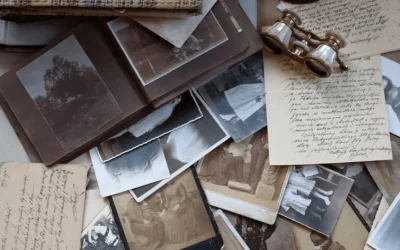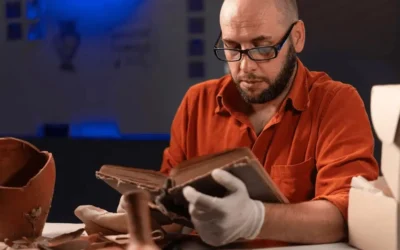Preserving the Usability of Digital Records
Margot Note
With regard to digital records in archives, there is a three-tiered approach to thinking about what needs to be preserved. Each of these three levels of usability represents a valid preservation goal, depending on why keeping organizational records is necessary.
Information, Please
The first level is providing information. At this level, the records must have sufficient usability to enable users to provide answers to questions and provide raw materials for research and reuse and a historical record of what took place.
Institutional memory is the most common requirement from a user perspective. They want records preserved so that they can find the information when needed and repurpose it if possible. It is also the easiest to satisfy because there is no need to worry about the authenticity and integrity of the information. Authenticity is assumed—when it is considered at all. Users are interested in knowing what version of a document is final, but that is more of an active than an inactive records management issue. The key demands are that the records be maintained in a format that meets user needs and that they are easily located when needed. These requirements may be satisfied by making sure that the files are viewable, searchable, and, in some cases, capable of being copied and reused in whole or in part.
There are several options for long-term retention in this scenario that will meet an organization’s needs because the records are being treated primarily as information assets, not as records with demonstrable authenticity and reliability. Organizations following this model are doing one of three things.
One is ignoring the question altogether, simply assuming the authenticity of their records without having the ability to demonstrate it. This may be a conscious, risk-based decision or simply ignorance of the risks they are taking.
Another is maintaining in hard copy those records necessary to satisfy legal, financial, or similar purposes where demonstration of authenticity is required. Unfortunately, it is increasingly unlikely that this is possible, except for the smallest organizations, since so much information is maintained only electronically.
Lastly, another is segregating out the small percentage of electronic records whose authenticity and integrity must be demonstrated for extended periods and handling most digital objects as information assets.
Authenticity, Reliability, Integrity, and Usability
The second level serves as the official legal record of activities. Records must have demonstrable authenticity, reliability, integrity, and usability. The records support the ongoing operation of the organization, serve as the legal record of the transaction or a portion of it, and permit oversight and support accountability.
Usability Plus
The third level raises the bar because preserving a record’s usability as evidence requires more stringent procedures than maintaining its usability solely for informational purposes. In addition, preservation of a record’s authenticity, reliability, and integrity requires additional controls in the preservation process and may limit the preservation tactics that can be used or add to the cost and complexity.
The third level allows for the recreation of the transaction to check the validity of the results. To preserve records at this level will usually require maintaining the functionality of the original application or system. For example, functionality is critical for computer models, geographic information systems, or other applications where data manipulation is intrinsic to creating a record. In the case of a desktop application, archivists consider maintaining the original look and feel of the archival materials. Preserving how information was stored and displayed is a complex task, but it defines usability.
Building Upon Each Other
These levels of usability can build upon each other. For many organizations, the first level may be suitable—or, at the very least, achievable. Then, as the organization matures and the archival department becomes more skilled, they can aim to achieve higher levels if necessary.
Margot Note
Margot Note, archivist, consultant, and Lucidea Press author is a regular blogger and popular webinar presenter for Lucidea, provider of ArchivEra, archival collections management software for today’s challenges and tomorrow’s opportunities. Read more of Margot’s posts here.
Similar Posts
Texas Archive of the Moving Image: Interview with the Digital Archivist
I recently interviewed Grace Muñoz about her work at the Texas Archive of the Moving Image. Her work on improving the discoverability of the multimedia collection is fascinating.
How to Conduct Comprehensive Archival Surveys
Conducting a comprehensive archival survey is critical to successfully managing archival collections.
Remembering History, Moving Forward Together, with ArchivEra
The Catholic Diocese of Arlington’s Director of Archives selected ArchivEra to manage their collections of historical and cultural significance, and strike a balance between security and access.
Unveiling Archival Impact
The transformative power of storytelling depends upon the strategic choices that top archival performers make and the shift from being record-keepers to change agents.




Leave a Comment
Comments are reviewed and must adhere to our comments policy.
0 Comments